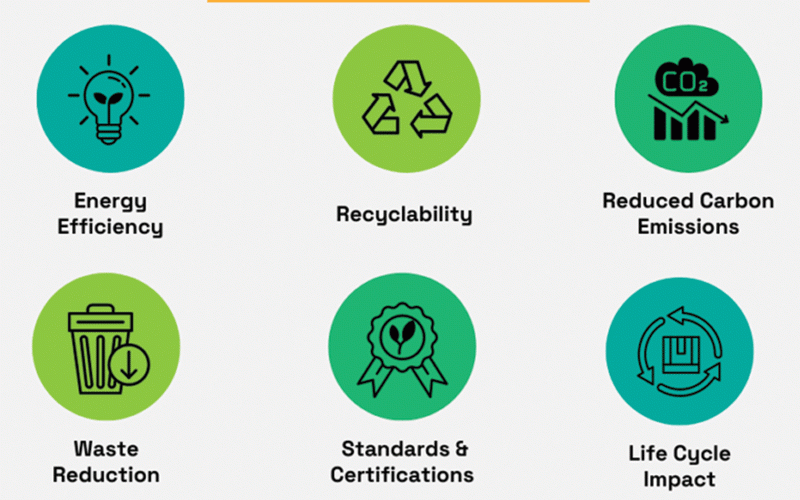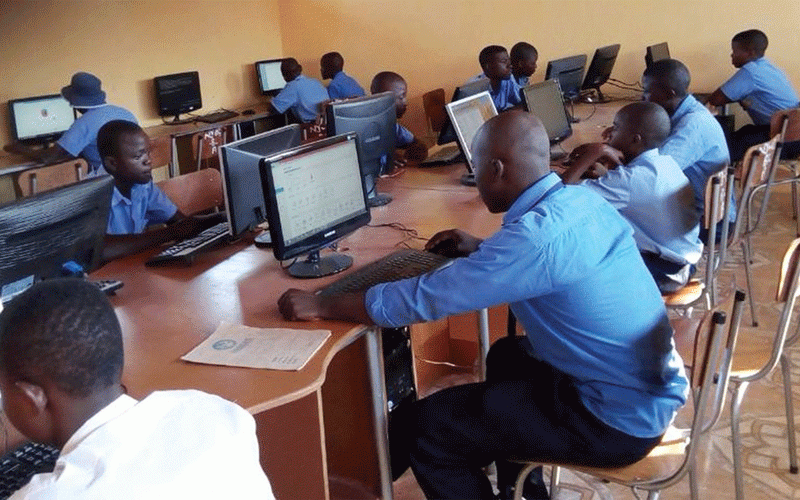
The Standard of August 10–16, 2025, reported that the Ministry of Primary and Secondary Education (MOPSE) threatened to dismiss teachers in Bulilima district, Matabeleland South, for recording zero percent pass rates over the past five years. This paints a worrying picture of chronic underperformance in the district, raising concern among both local and national stakeholders.
Yet, rather than rushing to apportion blame, MOPSE should recognise that education is an ecosystem. It thrives on sound organisational practices, a healthy school culture, and adequate resources. This article seeks to explore possible factors behind this dismal performance.
Before pointing fingers at teachers, it is important to understand the structural, behavioural, and attitudinal conditions that may have contributed to such results.
These factors can only be accurately identified through research into the trends and causes of underperformance over the past five years. Without such investigation, the tendency will be to rely on speculation—and speculation too easily turns into the blame game.
From both experiential and theoretical perspectives, teachers are not the sole determinant of learner performance. Education outcomes are shaped by a combination of internal and external factors.
Internal factors include biological, emotional, and psychological processes that can motivate a learner to engage with schoolwork without external inducements.
Cognitive psychologists such as Jean Piaget and Jerome Bruner have argued that learning is fundamentally an individual process, guided by internal thought mechanisms. In this view, the learner is the primary actor in their own education, with teachers serving as guides.
External factors—emphasised by behavioural psychologists such as Ivan Pavlov, BF Skinner, and John Watson—include the surrounding environment: teachers, parents, peers, culture, infrastructure, libraries, technology, electricity, and rewards.
- Art helps Plumtree kids thrive
- Zimbabwean CE named among global leaders
- Mangwe farmers benefit from agric projects
- Art helps Plumtree kids thrive
Keep Reading
From this perspective, poor pass rates could stem from multiple sources: long distances walked to school, economic hardship, lack of libraries, poor infrastructure, and parental or community disengagement.
In Bulilima, chronic teacher turnover has disrupted school culture. Many learners face energy poverty — without electricity, they cannot study after dark, stifling creativity and innovation.
Children in rural areas often take on adult responsibilities at a young age, contributing to the household economy through agricultural labour, vending, mining and cattle herding among other chores.
Teaching is not like carpentry or bricklaying, where results follow directly from a plan. Teachers work with human beings—individuals with differing moods, levels of motivation, cultural influences, and health conditions. Girls may experience period poverty, leading to absenteeism. In such circumstances, even the most committed teacher cannot guarantee good results.
The low social and economic status of teachers in the district further erodes their influence as role models. Without cars—or even bicycles — they struggle to inspire learners who see more promise in crossing the border for work.
The social cognitive theory of Albert Bandura, which integrates cognitive and behavioural perspectives, offers useful insight here. It argues that internal and external factors interact to influence performance.
In Bulilima, this means that both the internal motivation of learners and the external environment must reinforce each other to improve outcomes.
A serious turnaround will require collective action. Parents, teachers, MOPSE, civil society organisations, community leaders, the private sector, intergovernmental agencies (Unicef, Unesco), and the diaspora must collaborate to provide the social infrastructure — libraries, laboratories, teachers’ housing, electricity, laptops, and boreholes—needed to create a learning-conducive environment.
The education of Bulilima’s learners should be treated as a shared responsibility between state and non-state actors.
The arguments here are not final verdicts, but propositions that must be validated by research into the structural, behavioural, and attitudinal drivers of this persistent underperformance.
Dr Nicholas is an inclusion and development specialist. He writes here in his personal capacity.











